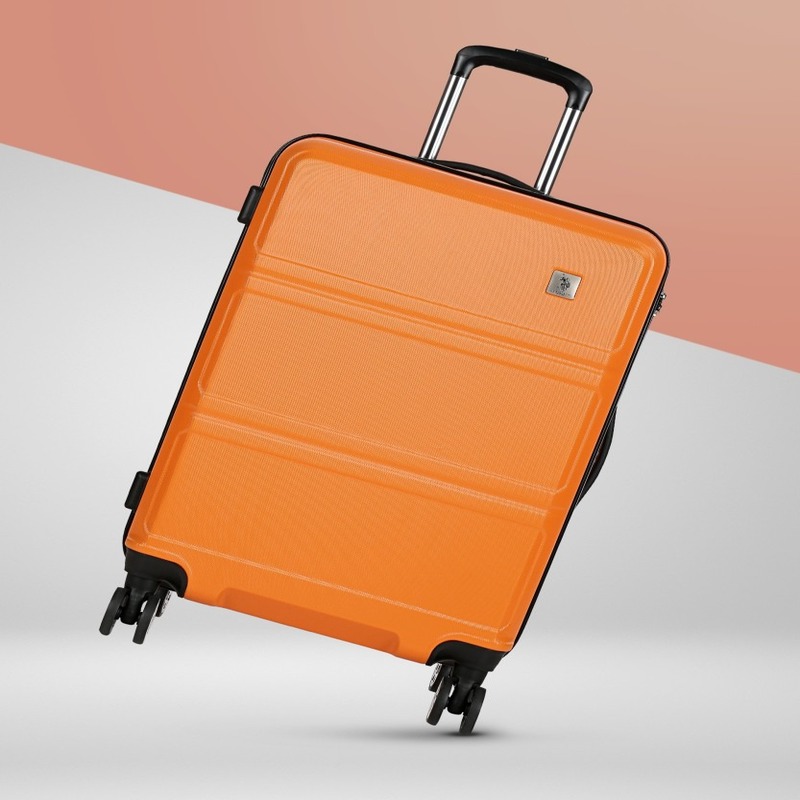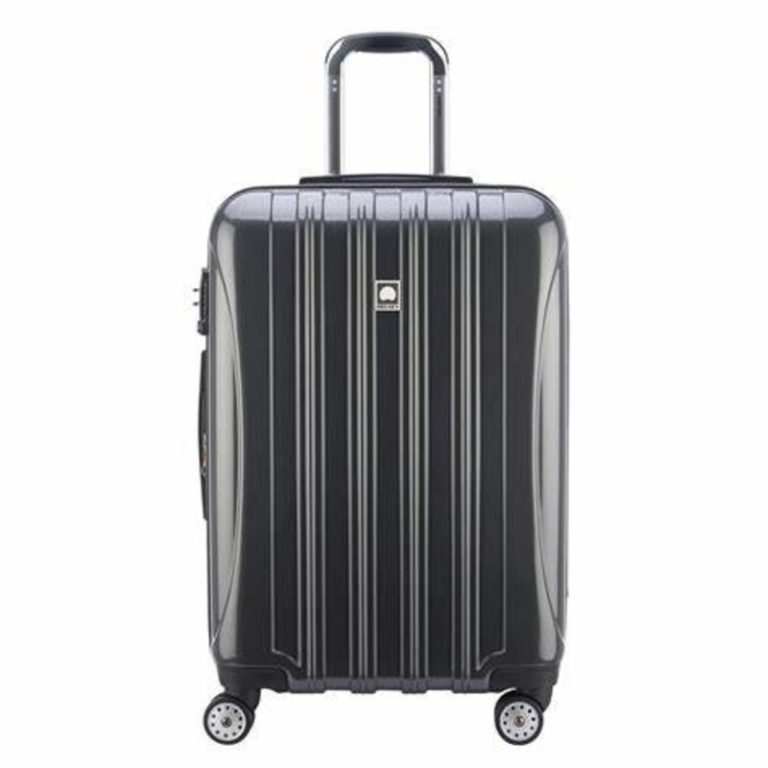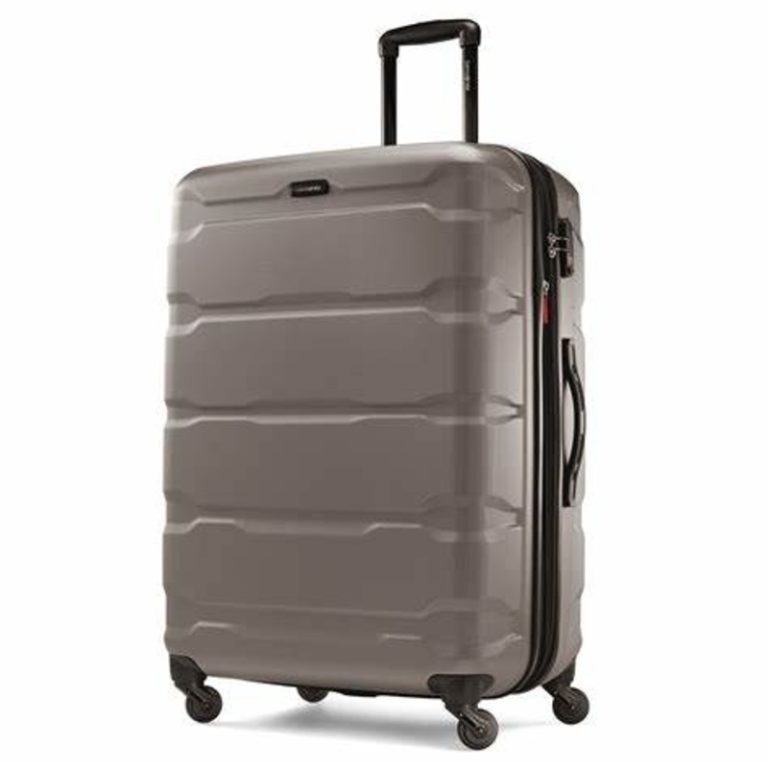What Does 62 Linear Inches Mean?
When it comes to air travel, the term ’62 linear inches’ is key. But what are 62 linear inches? Simply put, this measurement represents the total sum of your luggage’s length, width, and height. This size limit helps airlines manage cargo space and ensures safety and efficiency with luggage handling.
To figure out if your bag fits within this limit, add your bag’s length, width, and height numbers. If the total is 62 inches or less, you’re within the standard size for checked luggage. Remember, the 62 linear inch rule is widely adopted by airlines, but always double-check with your specific carrier as policies can vary.
For travelers, understanding the 62 linear inches measurement is a must. It’s a universal standard in the airline industry that can affect your travel plans. Keep this limit in mind when shopping for luggage or preparing for a flight.
Importance of the 62 Linear Inches Rule in Air Travel
Understanding the ’62 linear inches’ rule is essential for air travel. Here’s why it matters:
- Consistency Across Airlines: Most airlines enforce this size limit. It ensures baggage fits in the aircraft and simplifies check-in processes.
- Safety and Efficiency: Properly sized luggage helps prevent overloading aircraft. It also speeds up loading and unloading, contributing to on-time departures.
- Cost-Effective for Passengers: Following this rule helps avoid extra fees. Oversized bags often incur charges, increasing travel costs.
- Streamlined Cabin Space: For carry-ons, adherence to size rules maximizes cabin storage. This allows all passengers to have space for their items.
- Smooth Travel Experience: Knowing your luggage meets size limits reduces stress at the airport. It prevents last-minute repacking and delays.
In short, keeping within the ’62 linear inches’ limit is crucial. It helps maintain airline operations and eliminates potential headaches for travelers. Always remember to check your luggage’s size before heading to the airport.
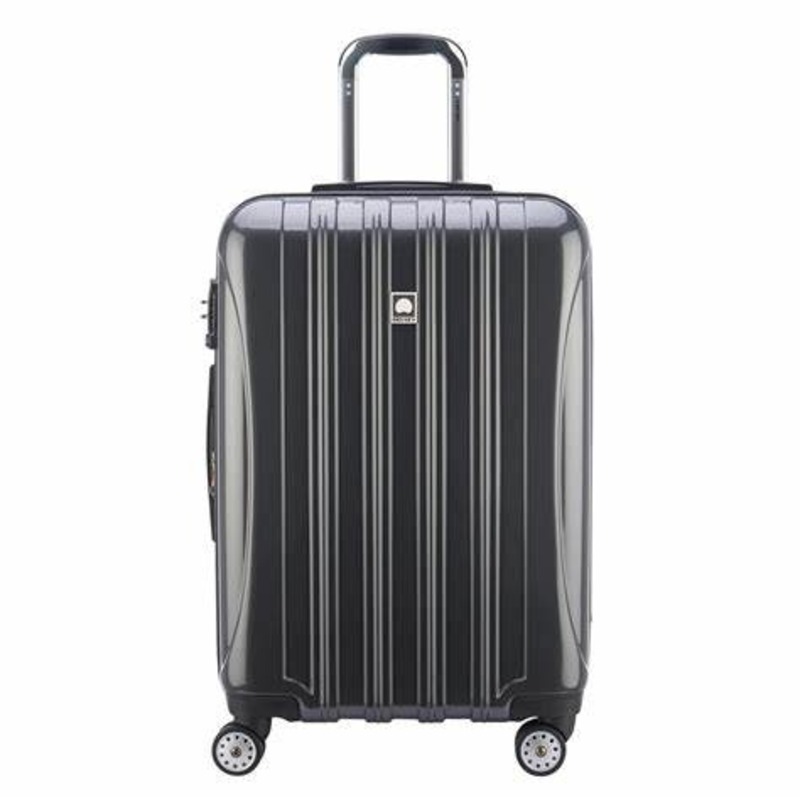
How to Measure Your Luggage for 62 Linear Inches
To ensure your luggage fits within the 62 linear inches limit, accurate measurement is key. Here’s a step-by-step guide on how to measure your luggage:
- Find the Length: Stand your bag upright and measure from the bottom to the top. This is your length.
- Measure the Width: Measure your bag from side to side at the widest point. This is your width.
- Get the Height: Place your tape measure at the base and extend it to the tallest point. This is the height.
- Add Them Up: Combine the length, width, and height measurements. The total should be 62 inches or less.
- Use a Tape Measure: A flexible tape measure can curve around the bag for precise measurements.
Remember, when measuring your luggage, include the wheels, handles, and external pockets. These parts can affect the total size of your luggage and if it fits within what are 62 linear inches constraint. Use these steps to measure each piece of luggage before you travel and avoid any surprises at the airport. Keep in mind some items like laptop bags or purses might not be included in this measurement so always check with your airline for specific rules.
Tips for Packing Within the 62 Linear Inch Limit
Packing efficiently is crucial to staying within the ‘what are 62 linear inches’ limit. Below are practical tips to help you pack smart and ensure your luggage meets airline size restrictions.
- Choose the Right Bag: Opt for a lightweight suitcase designed to maximize space while fitting the 62-inch rule.
- Roll Your Clothes: Rolling instead of folding can save space and reduce bulk.
- Use Packing Cubes: These handy organizers compress your clothes and keep them sorted, which can help manage your bag’s dimensions.
- Wear the Bulkiest Items: Board the plane wearing heavier clothing or boots to save space in your luggage.
- Limit Toiletries: Bring travel-sized items and avoid packing large bottles that add to your luggage size.
- Assess and Prioritize: Think critically about each item. If it’s not essential, leave it out.
- Weigh Your Luggage: Use a luggage scale to ensure your bag isn’t overweight, which could indicate it’s also oversized.
By following these tips and knowing what are 62 linear inches in baggage size, you’ll avoid repacking at the airport and potential extra fees. Always measure your packed bag before you leave for your trip.
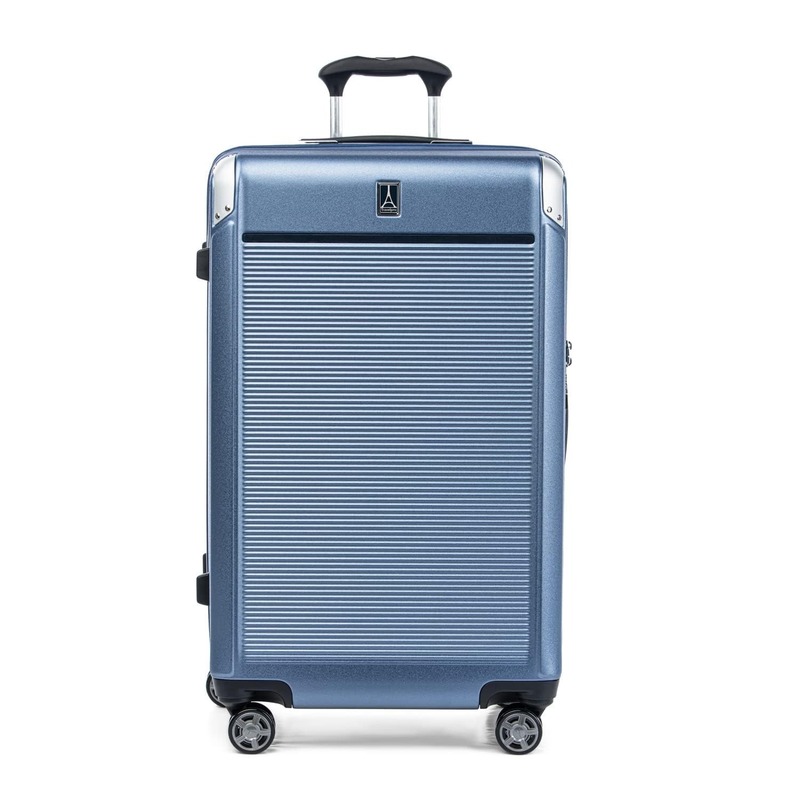
Consequences of Exceeding the 62 Linear Inches Limit
When you pack for a trip, staying within the ‘what are 62 linear inches’ size limit is critical. Going over this size can lead to various negative outcomes. Here are the consequences you might face:
- Extra Fees: Most airlines charge hefty fees for luggage that exceeds the size limit. This can quickly add to your travel expenses.
- Check-In Delays: Over-sized bags often require special handling. This can slow down the check-in process and potentially cause delays.
- Denied Boarding: In some cases, if your luggage is too large to be safely accommodated, you might be denied the ability to check it in.
- Forced Repacking: Airport staff may ask you to repack your items into a smaller bag or remove some contents to meet the size requirements.
- Risk of Damage: Overstuffed or oversized bags are more likely to be mishandled and damaged during transport.
- Travel Inconvenience: Dealing with the fallout of oversized luggage can start your trip on a stressful note, affecting your travel experience.
By understanding and adhering to the ‘what are 62 linear inches’ luggage guideline, you can avoid these potential problems and ensure a smoother journey.
Choosing the Right Luggage to Stay Within the Limit
To stay within the ‘what are 62 linear inches’ criteria, picking the right luggage is crucial. Here are a few pointers to guide you:
- Opt for Adjustable Luggage: Look for bags with expandable sections. This way, you can compress or expand as needed.
- Check the Dimensions: Before purchasing, confirm the bag’s dimensions. Make sure they fit within airline limits.
- Consider Soft-Sided Bags: These can be more forgiving than hard cases if you need to squeeze them into tight spaces.
- Multiple Compartments: Bags with various pockets can organize items better. This can stop you from over-packing.
- Lightweight Materials: The lighter the bag, the more you can pack without hitting weight limits that might suggest an oversized bag.
- Wheels and Handles: Ensure they’re sturdy but don’t add much to the overall dimensions.
- Read Reviews: Other travelers’ experiences can help you decide. They can tell you if the luggage truly fits within the ‘what are 62 linear inches’ standard.
- Quality Over Quantity: A durable piece of luggage might be a better investment than multiple cheaper ones that could break or exceed size limits.
Following these tips and understanding what are 62 linear inches will help you choose the right luggage to avoid size-related issues during your travels.
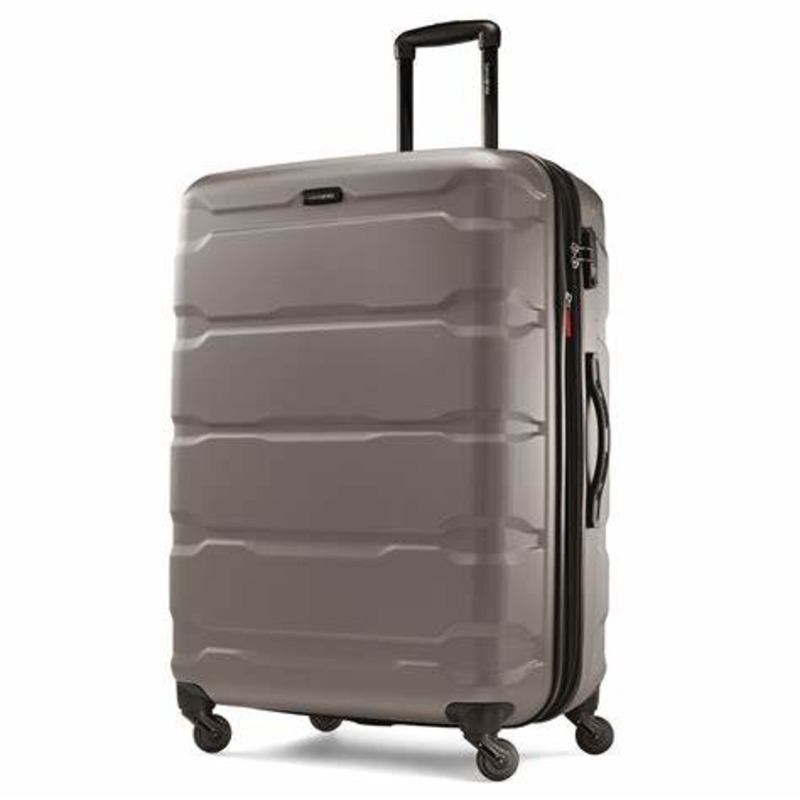
Airline Policies on Luggage Size and Overweight Baggage
Each airline has its own policies for luggage size and overweight baggage. It is important to know these before you fly. Policies vary but often align with the 62 linear inches rule. Airlines may charge extra fees for bags that exceed their limits. These costs can be high and add to your travel expenses.
To avoid issues, check your airline’s luggage policy online. This can be found on their website or by contacting customer service. Some airlines allow a little flexibility with soft-sided bags. However, hard cases must strictly meet size requirements. You may find size allowances on your ticket or booking confirmation too.
For overweight baggage, airlines have weight limits too. This is separate from size restrictions. If your bag is too heavy, you might pay more. Weigh your bags before going to the airport. This can help you stay within weight limits. Use a home scale or a specific luggage scale for this.
Remember, some items may not count in your luggage allowance. Things like strollers, medical devices, and sometimes musical instruments. Always double-check with the airline for these exceptions.
Knowing what are 62 linear inches and airline policies helps you prepare. It makes your airport experience smoother. You can avoid repacking, stress, and extra costs. Plan ahead and travel with peace of mind.
Tricks to Maximize Packing Space and Minimize Luggage Size
Becoming a savvy packer takes a little know-how and some strategic techniques. Here are some tricks to maximize your packing space and ensure you stay well within the ‘what are 62 linear inches’ guideline:
- Plan Your Wardrobe: Lay out all clothes before packing. Mix and match outfits to reduce bulk.
- Fold and Layer: Use the ‘file folding’ technique to stack clothes vertically. It saves space and makes items easily accessible.
- Space-Saving Bags: Vacuum-sealed bags can compress clothes and free up luggage space.
- Leave Space at Home: Don’t fill your bag to the brim. Save room for souvenirs or unexpected items.
- Smart Accessories: Invest in multi-purpose travel items like a scarf that doubles as a wrap.
- Digital Over Physical: Load books and travel guides onto a tablet instead of packing them.
- Outerwear in Air: Carry coats on the plane instead of stuffing them in your suitcase.
- Restructure with Repacking: If something doesn’t fit, repack instead of forcing it in.
By implementing these practical steps, you’ll not only stay within the ‘what are 62 linear inches’ limit but also travel lighter and more efficiently. Remember, reducing your luggage size isn’t just about avoiding fees; it’s about making your travel experience as smooth as possible.
